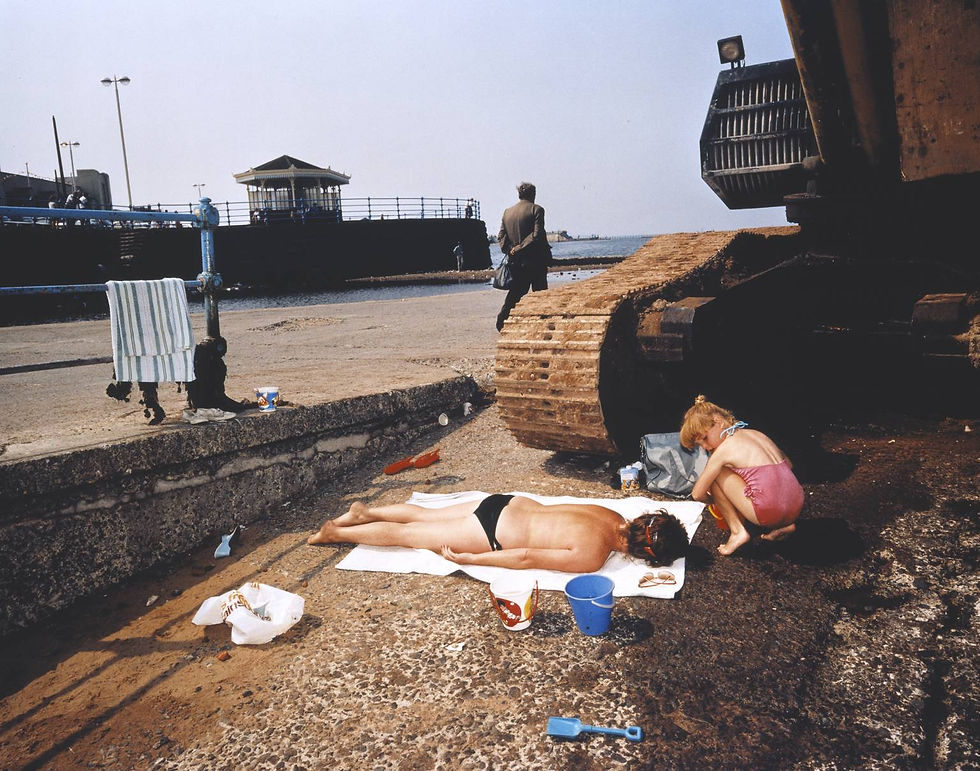Oppositions
- Dave Macey

- May 8, 2019
- 3 min read

Oppositions.
Initially it can seem that oppositions are self explanatory and quite straight forward, all that is needed is the exact contrast of one item against another, something that contains elements that cannot be found in the original object. For instance there are the opposites such as black and white, yes and no or tall and small, but it transpires that there is more than one type of opposition.
The first type of opposition is that of a binary opposition. This is where there are just two options such as animal and mineral, for example, a dog and a quartz crystal. A dog is a living breathing and animated biological being, whereas a quartz crystal is inanimate, has no need to breath and is constructed of minerals instead of biological matter. There is a clear contrast between the two objects, that it seems almost ridiculous to imagine a quartz crystal having the ability to chase and catch a ball. So, it is the binary opposition that provides the largest amount of difference between the two objects which gives the greatest amount of contrast.
But not everything is separated by a binary opposition and there is another type of opposition called the analogue opposition. This basically means that there are a variety of differences between the two objects but also some similarities, such as a dog and a cat. It is easy to see that both animals are very different, for instance, dogs and cats make widely different vocal sounds, but one similarity is that they are both animals. It is possible to make even further similarities, such as walking on four legs, both are popular pets, both are carnivores and eat similar food. Indeed, the list of similarities could probably be longer than differences, but a dog and a cat are often seen as being opposite to each other.

So, how can this sense of oppositions be used within a photograph? A really good example is
this photograph by Martin Parr of a woman sunbathing in front of a bulldozer. The opposition here is the physical act of lying in front of a bulldozer, which is normally a sign of protest and dissent, compared with sunbathing, which is a leisure activity that can be relaxing.
These oppositions are behavioural and cultural oppositions built upon physical oppositions. There are the oppositions of a metallic machine, the bulldozer, being contrasted by a biological entity, the woman, and it is this subject matter that introduces the two opposing connotations leading to conflicting paradigms. These two paradigms are dissent and protest being contrasted with leisure and pleasure. Both of these paradigms are creating a large contrast between each other and so fit the definition of a binary opposition.
To clarify this opposition, these two paradigms can be expressed with the two photographs below.

Both of these photographs reflect the paradigms behind the image taken by Martin Parr. The protestor standing in front of a line of tanks has become a symbol of rebellion, a warrior for the rights of freedom is in stark contrast of the three people sunbathing on an idyllic beach, with golden sand and clear blue sea. The paradigm of both of these images is incorporated into the Martin Parr image and the photograph looks so amusingly farcical because of that opposition.

By having this paradigmatic opposition within the image, it is demonstrating what each paradigm is not. The protestor standing in front of the tanks is not the person lying on the beach and vice versa. Each paradigm is clearly defined by the opposite, that by using contrast it is stating the limits of that paradigm by showing an example of its opposite.
So, by combining both of these binary opposing paradigms in the single image undermines the seriousness of the protestor paradigm but also weakens the sunbathing paradigm as a relaxing pastime. The result of these two paradigmatic oppositions clashing so strongly produces humour in its sense of absurdity that someone would choose to pursue a relaxing pastime in an action so powerfully connected with protesting and dissent.



Comments